Description
A Geek coffee mug whose logo evokes computer data security :
When you have a cup of coffee in a public space, such as a coffee shop, hotel, train station or resort, you should keep in mind that your data is not in a secure environment, even if they are only places of relaxation or transit.
To secure the data of your mobile or your PC, you have several methods.
Method #1:
Use software to secure a connection, using VPN
The VPN (Virtual Private Network) is a kind of network of servers connected by “secure tunnels” which (thanks to their IP address) allow you to hide the IP address of your device (smartphone, iPhone, desktop computer or computer). portable ) .
In addition to this anonymization function, the VPN also secures your data exchanged from a public space, by encrypting them.
This makes this data unreadable for anyone who does not have the decryption key and the tools that go with it.
Method #2:
Avoid using the same password for all your connections
Varying the passwords reduces the risk that all of your data will be compromised, in the event of theft of your password.
Method #3:
Install anti-virus software and update it regularly
Some malicious programs can take over your social network account and usurp your identity, to convey fake news, hateful or even defamatory messages in your name to your contacts, whether they are professional or not.
This is why it is recommended to install anti-virus software which (in the event of a problem) will have a curative effect, trying to block the action of the malicious program, for example.
But this type of software also has a preventive effect, in the sense that most of the time it is able to protect the device on which it is installed in real time.
That said, its action will only be really effective if you update it regularly!
(The least restrictive would be to authorize the automation of updates)
Method #4:
Install firewall software and update it regularly
Once your antivirus is installed. you will also need a firewall.
This is a program that aims to filter connection requests to your device.
It therefore acts as a barrier between your mobile phone or your PC and the external network (that is to say, the public computer space of the Coffee shop or the station where you quietly take your coffee, for example)
Method #5:
Prioritize websites accessible via HTTPS
HTTPS is a communication protocol for establishing secure connections with websites where it is implemented.
On such sites, the data exchanged is encrypted, which strengthens their integrity and protects your privacy against secret eavesdropping, falsification or alteration of data, back doors or even man-in- the-middle , notably .
To check if a website uses the HTTPS protocol, go to the address bar of your web browser and check for the presence of a yellow padlock next to the URL address.
If this is the case, click on this padlock; a message should then tell you that the connection is secure.
In this case, it is recommended to click on this message to check the validity date of the SSL certificate.
(SSL being a network protocol that helps to strengthen the confidentiality and integrity of data exchanged on the Internet)
Original recipe to make with our microwave-compatible coffee mug; Kopi Jahe coffee :
Kopi and Jahe are words from the Malay language, which literally mean “Coffee” and “Ginger” respectively.
Kopi Jahe coffee is a spice-based latte, served in Malaysia and Singapore, in coffee shops called Kopitiams.
Kopi Jahe coffee is also known as “Spiced Ginger coffee”, or “Ginger Coffee Rempah”, “Rempah” meaning “spice” in Malay.
The predominant spice in Kopi Jahe coffee is ginger but there are others, such as cardamom or cloves.
Concretely, to make a Kopi Jahe coffee, a barista will generally gather the following utensils and ingredients; a French Press coffee maker, a coffee mug, a saucepan, 10 cl of coconut milk, 2 tablespoons of instant coffee, 3 cloves, 5 cardamom pods, 1 cinnamon stick, 1 ginger root, 2 pieces of palm sugar, 2 stalks of lemongrass (also called “Indian verbena”) and 210 ml of water (to be able to fill the equivalent of 7 cups).
The first step in making Kopi Jahe coffee is washing, peeling and slicing the ginger root into rings.
The ginger slices are then placed in the pan.
The second step is to beat the lemongrass stalks for a few seconds with a rolling pin, so that their natural oil escapes more quickly afterwards.
The lemongrass stalks are then cut into small pieces and placed in turn in the pan.
The third step in making Kopi Jahe coffee is to cut the cardamom pods into chunks, halve a cinnamon stick, and pour everything into the pot.
Fourth step: it consists first of all in pouring the rest of the spices (that is to say, the cloves) and the water into the saucepan, then heating the saucepan, in order to bring the tea spiced to a boil.
After that, the barista lets the drink infuse slowly, over low heat, for about a quarter of an hour.
Meanwhile, the barista moves on to step five; the preparation of coffee.
To do this, he uses a French Press coffee maker; this type of coffee maker is composed of a glass jug, covered with a plunger lid.
Hence its other name, the “piston coffee maker”.
The barista begins by placing the instant coffee and the palm sugar cubes in the glass jug.
Then, he pours the spiced tea into it, before closing the coffee maker, using the plunger lid.
After letting the drink infuse for about 10 minutes, the barista presses the plunger of the coffee maker to pack the palm sugar cubes and the tea spices into the bottom of the glass jug.
The last step in preparing Kopi Jahe coffee is to get a coffee mug and pour the coconut milk into it, up to 20% of the volume of the coffee mug.
All the barista has to do is add the spiced coffee to the coffee mug.
Original recipe to make with our microwave-compatible coffee mug; Kopi Cham coffee :
Kopi is a word from the Malay language, which literally means “Coffee”.
Kopi Cham coffee is a blend of black coffee, black tea and sweetened condensed milk, served in Malaysia and Singapore, in coffee shops called Kopitiams.
(The volumes of black coffee, black tea and condensed milk representing respectively 45%, 45% and 15% of the total volume of the drink served in the coffee mug)
Spreeze coffee and Children’s Yuenyeung coffee are variants of Malaysian Kopi Cham coffee.
The particularity of Kopi Cham coffee (compared to Yuenyeung coffee) is that its black coffee is brewed in the classic way in a glass jug, unlike that of Yuenyeung coffee which is brewed using a coffee sock filter, generally reusable.
Spreeze coffee differs from Kopi Cham coffee in that black coffee is replaced with coffee concentrate while Children’s Yuenyeung coffee differs from Kopi Cham coffee in that unsweetened or sweetened condensed milk is replaced with malted milk powder.
How does the barista actually make Kopi Cham coffee?
By first gathering the following ingredients and utensils;
10 centiliters of water, a bag of black tea, a glass jug, a possibly electric kettle, a coffee mug, an Espresso coffee machine with integrated bean grinder.
First, the barista boils the 10 centilitres of water in the kettle.
Then, he puts the black tea bag in the glass jug and adds the boiling water.
The barista then lets the black tea steep for about 5 minutes.
Meanwhile, he brews a simple short Espresso coffee.
To do this, he can simply opt to place a dose of espresso in the filter holder of the coffee machine.
However , in order to obtain a coffee richer in aromas and therefore of better quality , he can also use the bean grinder of the Espresso coffee machine ( or even a manual or electric coffee grinder ) , and thus obtain freshly ground coffee beans.
In both cases, he must insert 9 grams of coffee beans into the filter holder of the Espresso coffee machine.
This done, it injects 30 ml of hot water under a pressure of 9 bars and for 25 seconds, through the ground coffee in the filter holder.
(The fineness of the filter holes of the Espresso coffee machine allowing to fill the equivalent of a cup of coffee)
Next, the barista pours sweetened condensed milk into the coffee mug, up to 10% of the total volume of the mug.
He then completes the drink with Espresso coffee, up to 45% of the total volume of the mug.
Finally, he adds infused black tea to the drink, up to 45% of the total volume of the mug.
The barista only has to serve the customer the Kopi Cham coffee which, if accompanied by ice cubes, becomes a “Kopi Cham Peng” coffee.
Kopi Cham coffee belongs to a larger family of Malaysian and Singaporean coffee drinks, whose names begin with “Kopi”.
Among these beverages, mention may be made, in particular;
- Kopi coffee; it is a mixture of black coffee and unsweetened or sweetened condensed milk.
(The volume of condensed milk representing one-fifth of the total volume of the drink)
- Kopi-C coffee; it is a mixture of sweetened Espresso coffee and unsweetened condensed milk.
(The volumes of coffee, condensed milk and sugar representing respectively 70%, 20% and 10% of the total volume of the drink served in the coffee mug)
- Kopi-Di-Lo coffee; it is a mixture of black coffee that has not been diluted with water (in other words, plain black coffee) and sweetened condensed milk.
(The volumes of coffee and condensed milk representing respectively 80% and 20% of the total volume of the drink served in the coffee mug)
- Kopi-Gah-Dai coffee; it’s a mix of black coffee and sweetened condensed milk, with a bit more sweetened condensed milk than usual.
(The volumes of black coffee and condensed milk representing respectively 70% and 30% of the total volume of the drink served in the coffee mug)
- Kopi-Gao coffee (also called Kopi-Gau); it is a blend of black coffee, strong coffee concentrate, and sweetened condensed milk.
(The volumes of coffee, condensed milk and sugar representing respectively 70%, 20% and 10% of the total volume of the drink served in the coffee mug)
- the Kopi-Gu-You cafe; it is a mixture of black coffee and sweetened condensed milk, to which a thin slice of butter is added.
(The volumes of coffee, condensed milk and butter representing respectively 75%, 20% and 5% of the total volume of the drink served in the coffee mug)
- Kopi-O coffee; It is a black coffee containing 10% sugar.
- the Kopi-O-Gau cafe; It is a strong black coffee (equivalent to a triple Espresso) and contains 10% sugar.
As a result, this type of coffee is very rich in caffeine, an active principle contained in coffee and which is known for its stimulating effects (positive or negative).
- Kopi-O-Kosong cafe (also called Kopi-C-kosong); it is a blend of unsweetened black coffee and unsweetened condensed milk.
(The volume of condensed milk representing 15% of the total volume of the drink served in the coffee mug)
- Kopi-O-Poh coffee (also called Kopi-O-Po); it is a simple Espresso coffee, diluted in water (in other words, an elongated Espresso coffee) but which does not contain condensed milk.
(The volumes of coffee, water and sugar representing respectively 70%, 25% and 5% of the total volume of the drink served in the coffee mug)
- Kopi-Peng coffee; it is a mixture of black coffee and sweetened condensed milk, served with ice cubes.
So it’s an iced coffee.
(The volumes of coffee and condensed milk representing respectively 75% and 25% of the total volume of the drink served in the coffee mug)
- Kopi-Poh coffee (also called Kopi-Po); it is a mixture of black coffee diluted in water (in other words, an elongated black coffee) and sweetened condensed milk.
(The volumes of coffee, condensed milk and water representing respectively 70%, 20% and 10% of the total volume of the drink served in the coffee mug)
- the Kopi-Siew-Dai cafe; it is black coffee, mixed with a small amount of sweetened condensed milk.
(The volumes of coffee and condensed milk representing respectively 90% and 10% of the total volume of the drink served in the coffee mug)
- Kopi-Siew-Siew-Dai coffee; it is black coffee, mixed with a very small amount of sweetened condensed milk.
(The volumes of coffee and condensed milk representing respectively 95% and 5% of the total volume of the drink served in the coffee mug)
Now that you know the different types of Kopi coffee, you also know how to order local Kopi coffees in Singapore or Malaysia, like a pro!
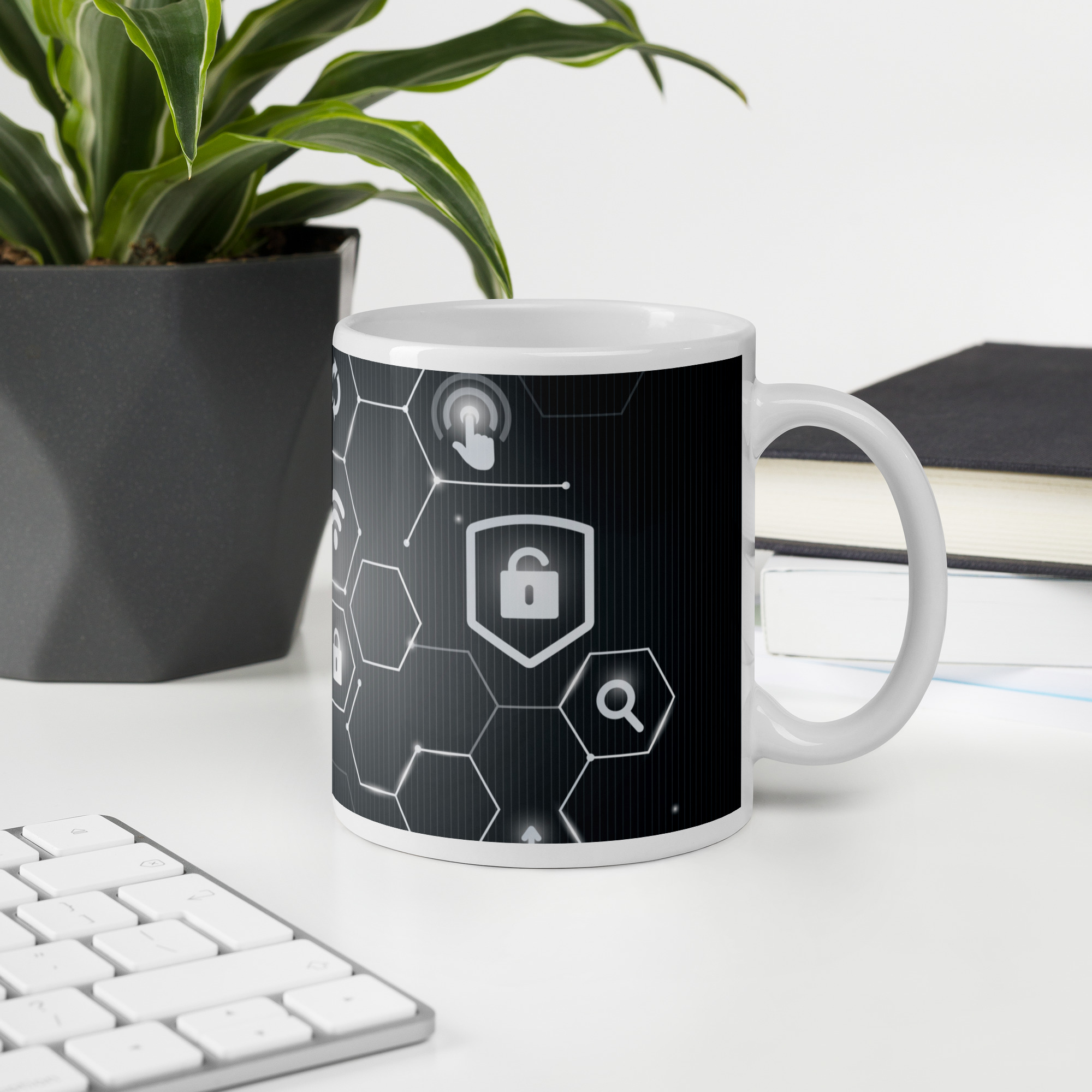
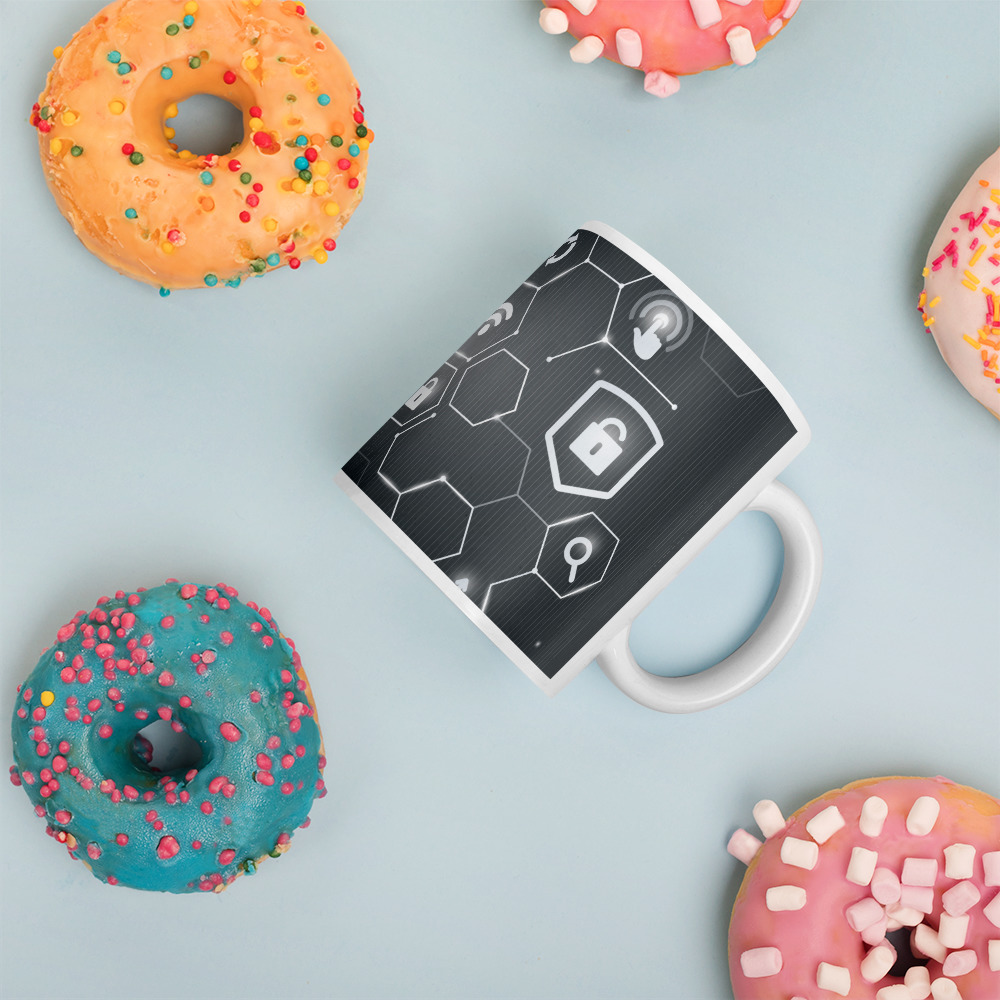

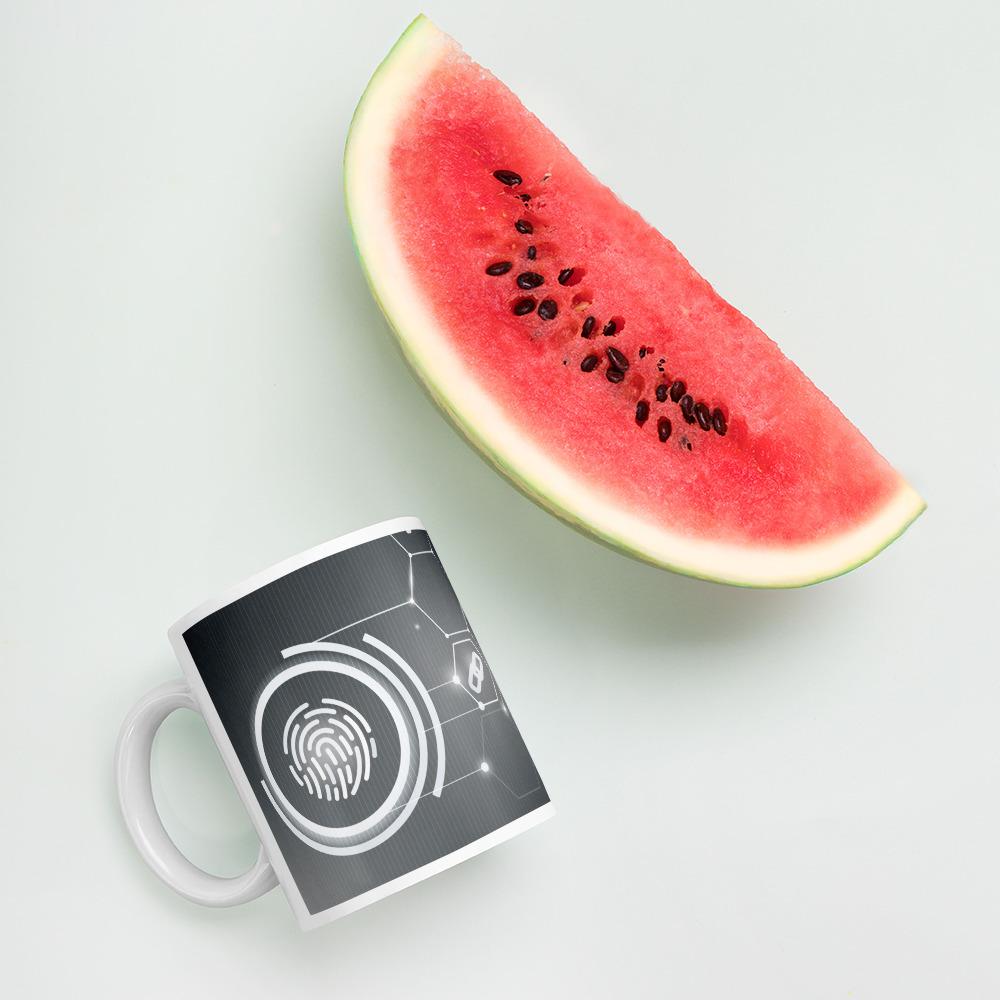

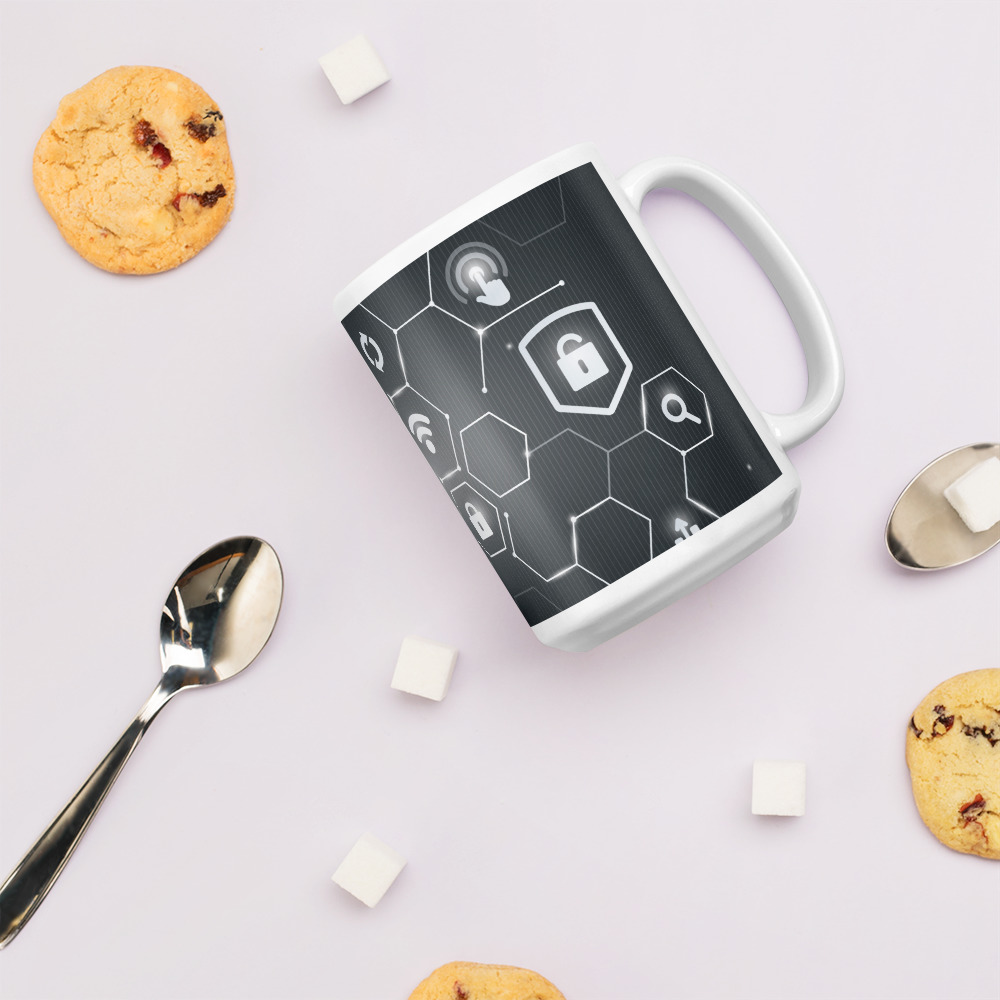
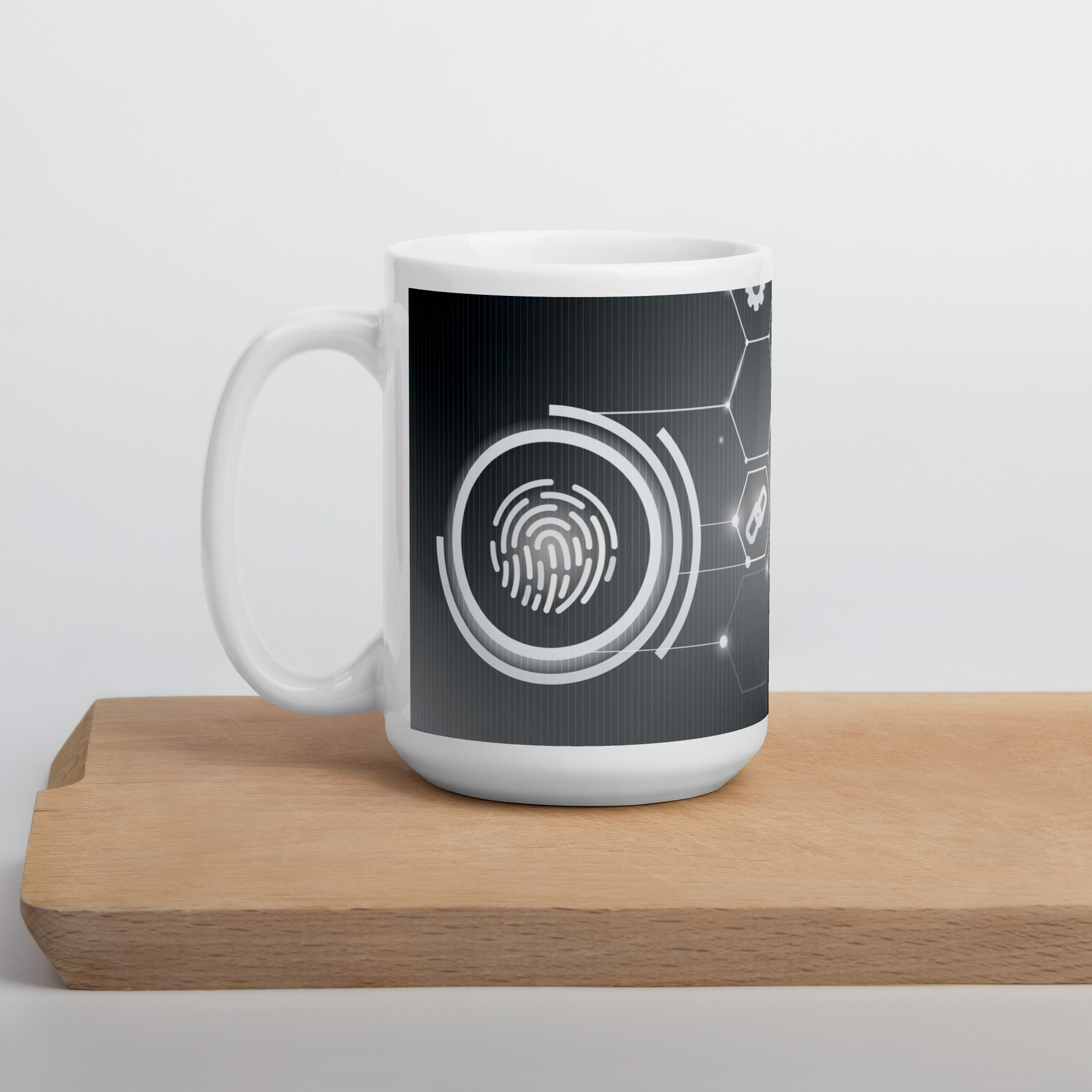

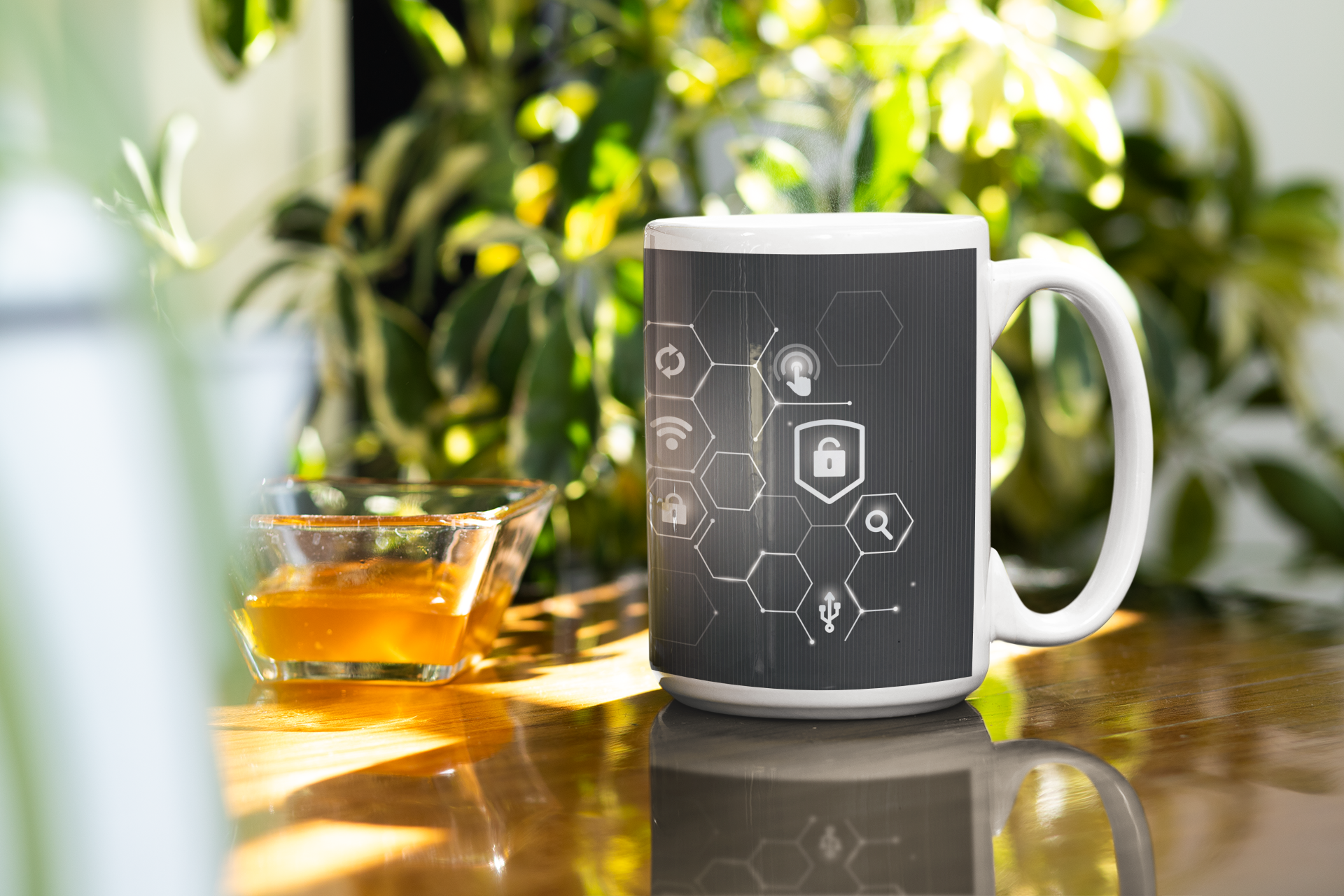

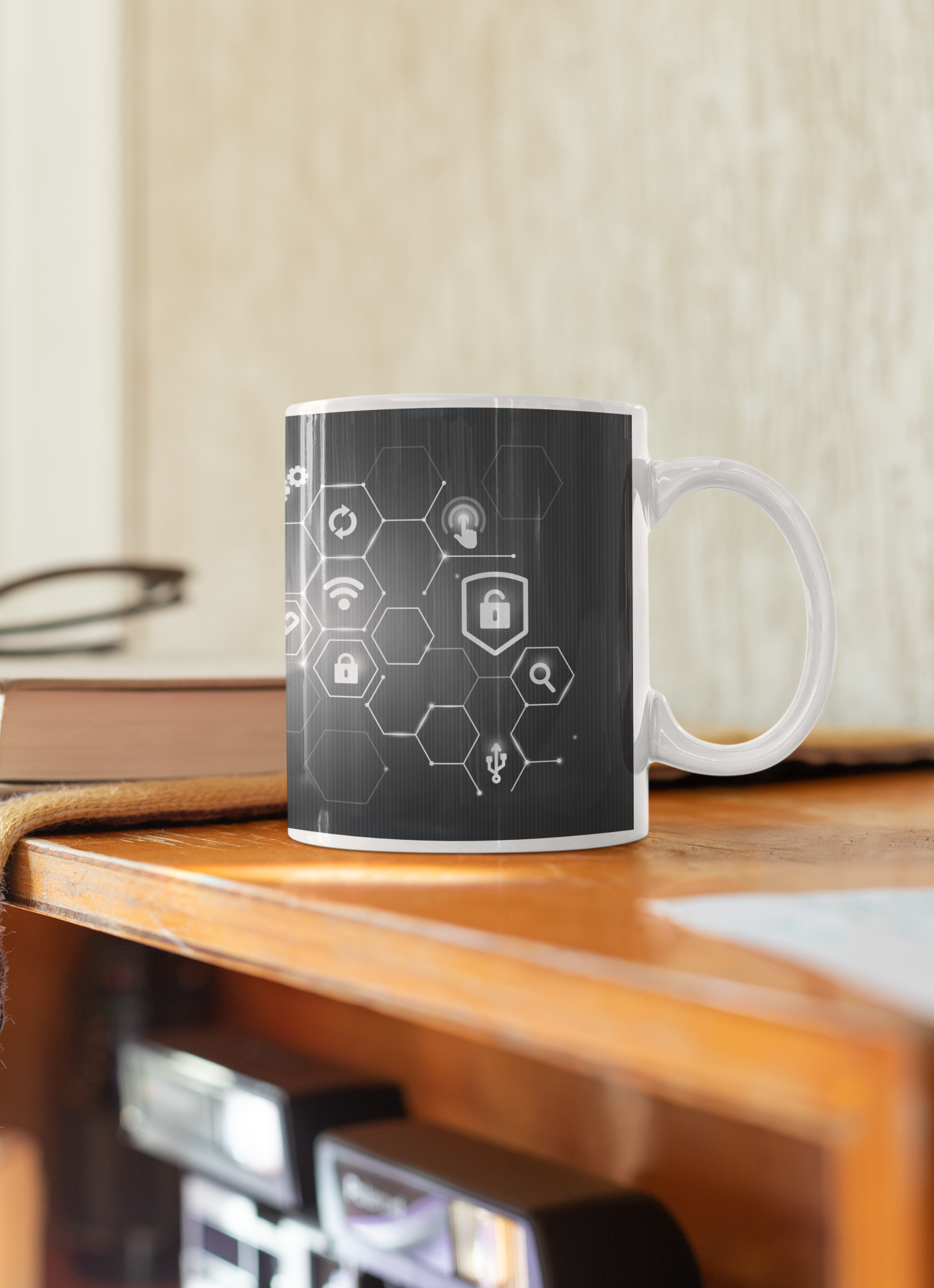
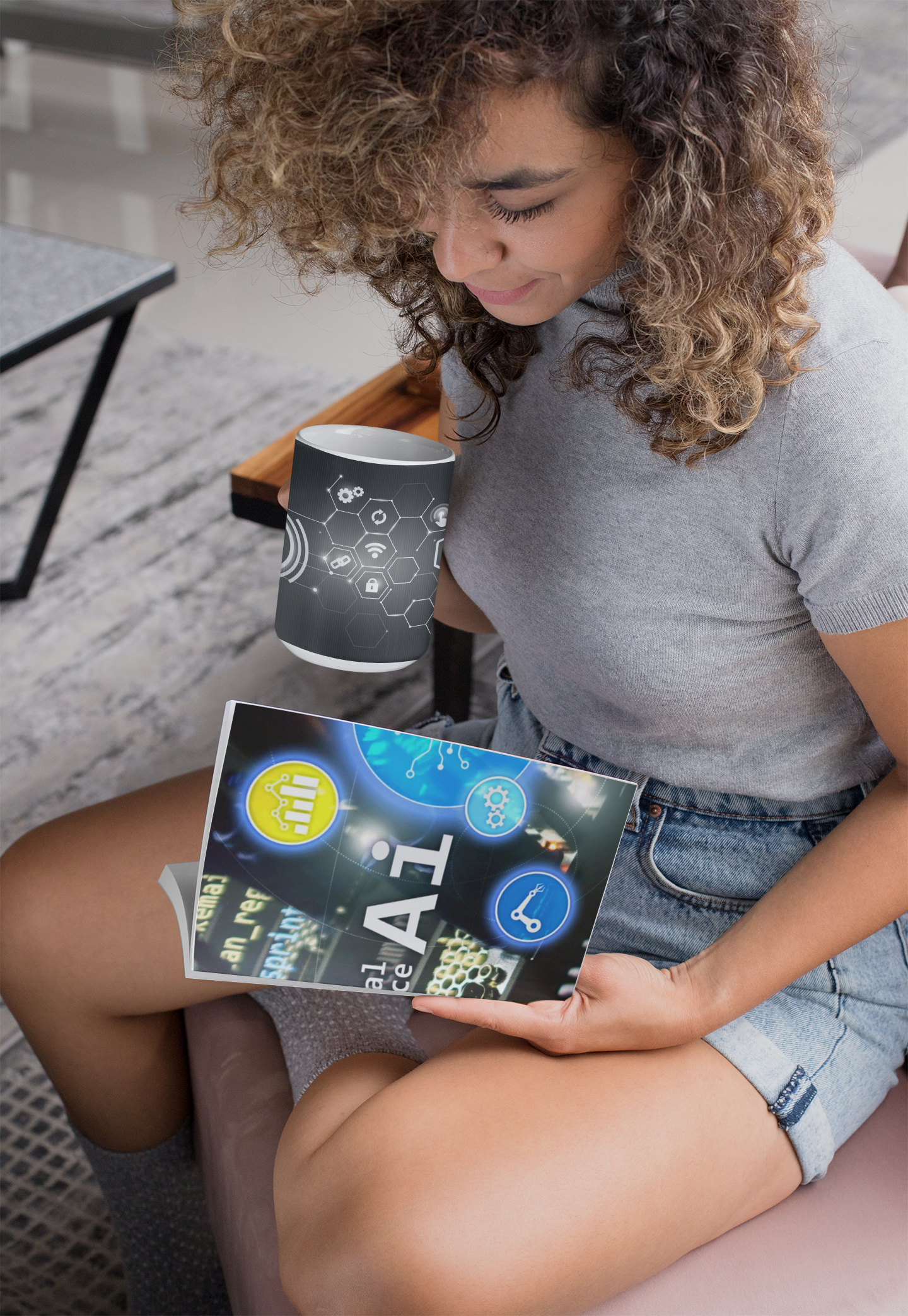









Reviews
There are no reviews yet.